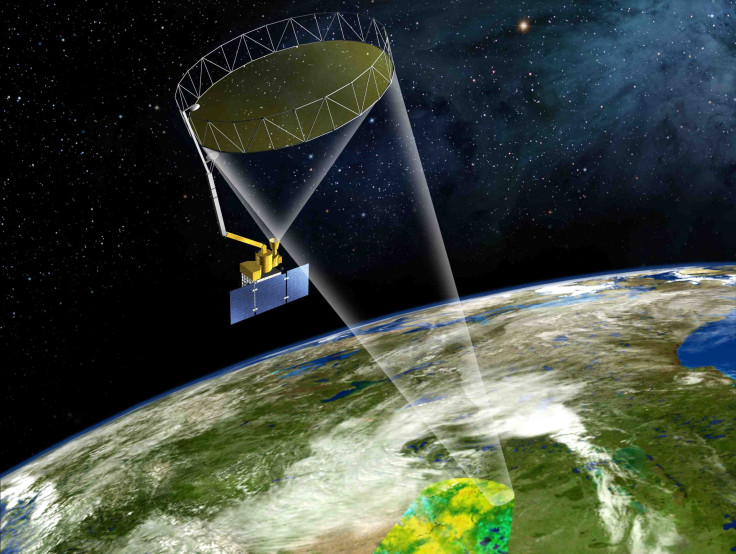NASA SMAP Launch Live Stream: Watch The Earth Observatory Lift Off Here

NASA is counting down the rescheduled SMAP launch Saturday. The Earth observatory launch is set for 9:20 a.m. EST and can be viewed below.
Update 9:30 a.m. EST: NASA scrubbed Thursday's launch due to high winds. The space agency will try again Friday at 9:20 a.m. EST.
NASA's newest Earth satellite will launch from Vandenberg Air Force Base in California on Thursday. The space agency's Soil Moisture Active Passive (SMAP) observatory may have a boring name, but it has the potential to deliver some interesting scientific data that could improve climate forecasts, flood predictions, drought monitoring and the carbon cycle. SMAP is the first of four recommended observatories to be launched based on the National Research Council's Earth Science Decadal Survey.
The SMAP satellite will be able to map soil moisture up to five inches below the Earth's surface. The data collected by the satellite will lead to better climate forecasts and could be used to predict a good growing season with increased accuracy. "Soil moisture is an important part of the Earth's climate. As it evaporates, it condenses into the clouds and atmosphere, and that in turn becomes rain later in the weather cycle. SMAP will help with climate forecasting and help predict a good growing season. That's an important part of agriculture in the U.S. and around the world." Chuong Nguyen, the SMAP mission manager for the Launch Services Program, explains in a statement.
By understanding soil moisture, scientists will be able to better understand the water cycle, which is linked to the energy and carbon cycles on Earth, according to NASA. For example, water in the soil gets soaked up by plants, which causes them to grow. During photosynthesis, plants use carbon dioxide, along with energy from the sun and water, to produce the necessary fuel for survival. SMAP will help researchers understand any differences in the carbon cycle due to climate change.
The SMAP observatory will also help develop better weather forecast models. "Better soil moisture observations lead to better land-atmosphere interaction in weather forecasting models and ultimately to a better prediction of temperature and precipitation," Michael Ek, leader of the Land Hydrology Team at the Environmental Monitoring Center of the National Oceanic and Atmospheric Administration, said in a statement.

NASA's SMAP observatory will launch atop a United Launch Alliance Delta II rocket from Vandenberg Air Force Base in California at 9:20 a.m. EST. The launch live stream, with coverage beginning at 7 a.m. EST, can be viewed below.
© Copyright IBTimes 2024. All rights reserved.





















